Metal and glass paste signed.
31 x 25 x 14 cm
Provenance:
Private collection, South of France
César Baldaccini – The sculptor of raw materials
César Baldaccini, known as César, was born in Marseille in 1921, in the working-class neighborhood of Belle-de-Mai. After starting out at the École des Beaux-Arts in Marseille, he enrolled at the École nationale supérieure des Beaux-Arts in Paris, where he studied until 1948. Trained in traditional sculpting techniques, he began using recycled materials—not initially as an aesthetic choice, but out of economic necessity. “Carrara marble was too expensive, and old scrap metal was lying around everywhere. I became a sculptor because I was poor!”
In the late 1940s, his first sculptures were made of lead, plaster, and wire, with anthropomorphic or zoomorphic forms. In the 1950s, he explored arc welding, and in 1954, he presented his “Esturgeon” (Sturgeon), made of welded wrought iron, at the Lucien Durand gallery. This monumental work was acquired a year later by the Musée National d'Art Moderne and earned him the Prix des Trois Arts. That same year, he set up his studio in Villetaneuse, in a former metal furniture factory.
In 1958, in a scrapyard in Gennevilliers, César discovered an American hydraulic press capable of compressing a car. Fascinated, he created his first “compressions,” works inspired by Duchamp's ready-mades, featuring everyday objects reduced to compact blocks. This radical and poetic approach to recycling became his signature. In 1960, he exhibited his car compressions at the Salon de Mai and became one of the founding members of the New Realism movement, alongside Yves Klein, Arman, Tinguely, Niki de Saint Phalle, and Daniel Spoerri. While his compressions made art history, César also innovated with “expansions,” volumes of polyurethane foam that spread across the floor before solidifying. These works, often created in public, are a cross between happenings and performance sculpture: spectators can take away a fragment of the work. At the same time, he developed a series based on the human body, notably using anatomical casts that he enlarged using a pantograph. This technique gave rise to his iconic “Thumb,” available in several sizes, including a 12-meter-high version on display at the Esplanade de La Défense.
In 1970, César became a professor at the École des Beaux-Arts in Paris, a position he held until 1986. In 1976, he designed the trophy awarded to the winners of the César film awards, producing the final version the following year: a bronze compression that has become a national symbol. He represented France at the Venice Biennale in 1995 with a monumental work, “520 tonnes,” which occupied the first room of the French Pavilion. Art critic Pierre Restany celebrated his approach as “a poetic recycling of urban, industrial, and advertising reality.”
César Baldaccini died in Paris in 1998. In 2018, the Centre Pompidou dedicated a major retrospective to him on the 20th anniversary of his death, celebrating the inventiveness and audacity of this extraordinary artist, a major figure in contemporary French sculpture. That same year, the Alexis Pentcheff Gallery dedicated an exhibition to the sculptor: César marseillais.
Discover more works by this artist on the gallery's website: https://www.galeriepentcheff.fr/fr/peintre-baldaccini-cesar#Oeuvres


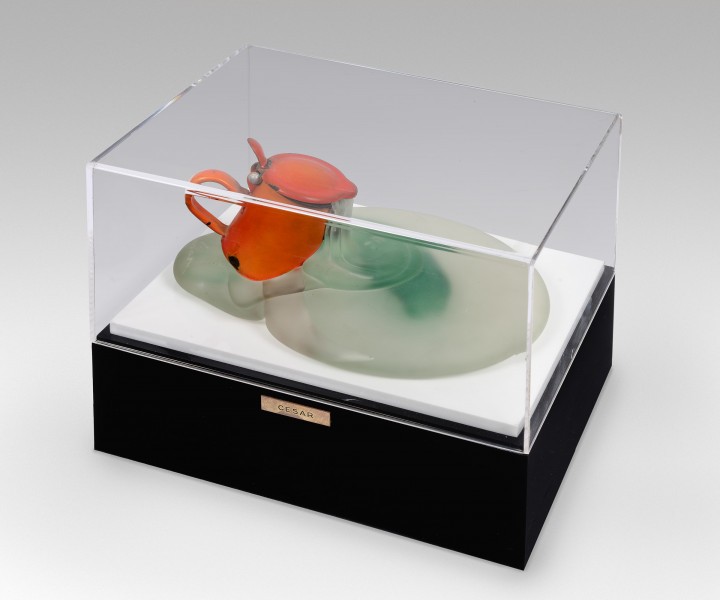







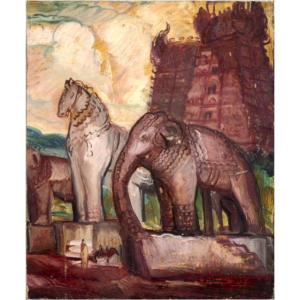
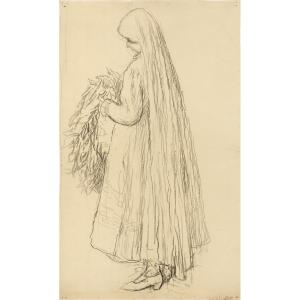

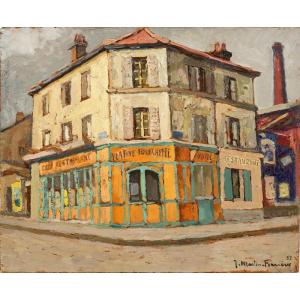
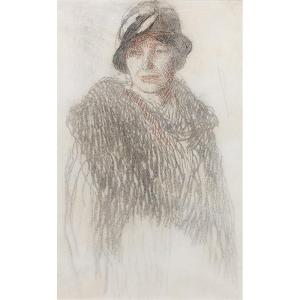






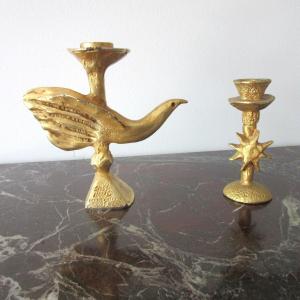

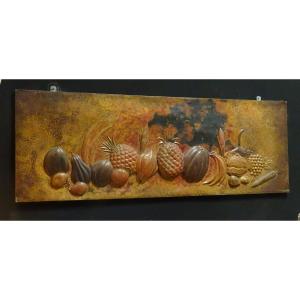




 Le Magazine de PROANTIC
Le Magazine de PROANTIC TRÉSORS Magazine
TRÉSORS Magazine Rivista Artiquariato
Rivista Artiquariato